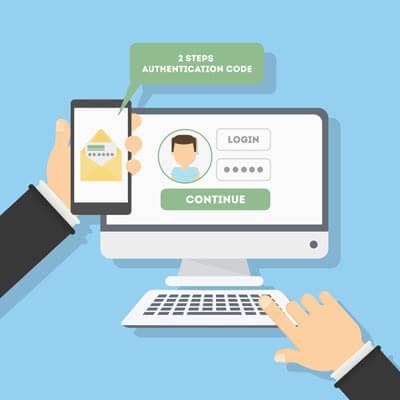Cerberus IT Solutions Blog
There are hundreds of things that a business owner has to do, so managing the security of the data coming in and going out from mobile devices might not make the hierarchy of considerations that need to be immediately addressed. Today, we will take a look at why paying attention to the mobile end of your business is so important, how Mobile Information Management (MIM) helps with that, and how MIM fits in with the rest of your mobile strategy.
Common opinion more or less states that passwords aren’t so much “necessary,” as they are a “necessary evil.” The best practices that are recommended to maintain the efficacy of passwords today can certainly feel excessive - which tempts many users into ignoring these practices, to the detriment of their security. Fortunately, many large companies - like Google - are trying to make passwords easier to manage.
Do you have a smartphone? Do you feel as though your data is secure on it? Users are relying on smartphones more and more to accomplish daily tasks. This means there is a massive amount of data traffic each day transferred to and from your device, and potentially transferred into the hands of a cybercriminal.
Let’s face it, cybersecurity now has to be a major point of emphasis for the modern business. With the immense amount of threats out there, cybersecurity it has grown into a multi-billion dollar a year industry, with no limit in sight. Just a few decades ago, there was no fileless malware, no ransomware, no botnet army lying in wait to DDoS corporate data centers into oblivion. Today, we take a look at the brief (albeit rapidly growing) history of cybersecurity.
Data security isn’t a matter to be taken lightly, as too many businesses have found out the hard way. Unfortunately, there are far too many simple ways to correct common security issues - enough that it’s foolish not to do so. We’ll review a few ways to fix security issues, after discussing one of, if not the, most egregious security failings in modern history.
The password isn’t nearly as secure as it used to be. Hackers have begun to take advantage of extremely powerful solutions designed to brute force their way into accounts by using software to rapidly guessing thousands of passwords per second, making it extraordinarily difficult to prepare yourself for them.
What’s the best way to guarantee that passwords aren’t going to be the downfall of your company? A great start is by taking a close look at password best practices and two-factor authentication.
Despite what detractors say, regulations are in place for good reason. They typically protect individuals from organizational malfeasance. Many of these regulations are actual laws passed by a governing body and cover the entire spectrum of the issue, not just the data involved. The ones that have data protection regulations written into them mostly deal with the handling and protection of sensitive information. For organizations that work in industries covered by these regulations there are very visible costs that go into compliance. Today, we look at the costs incurred by these organizations as a result of these regulations, and how to ascertain how they affect your business.








